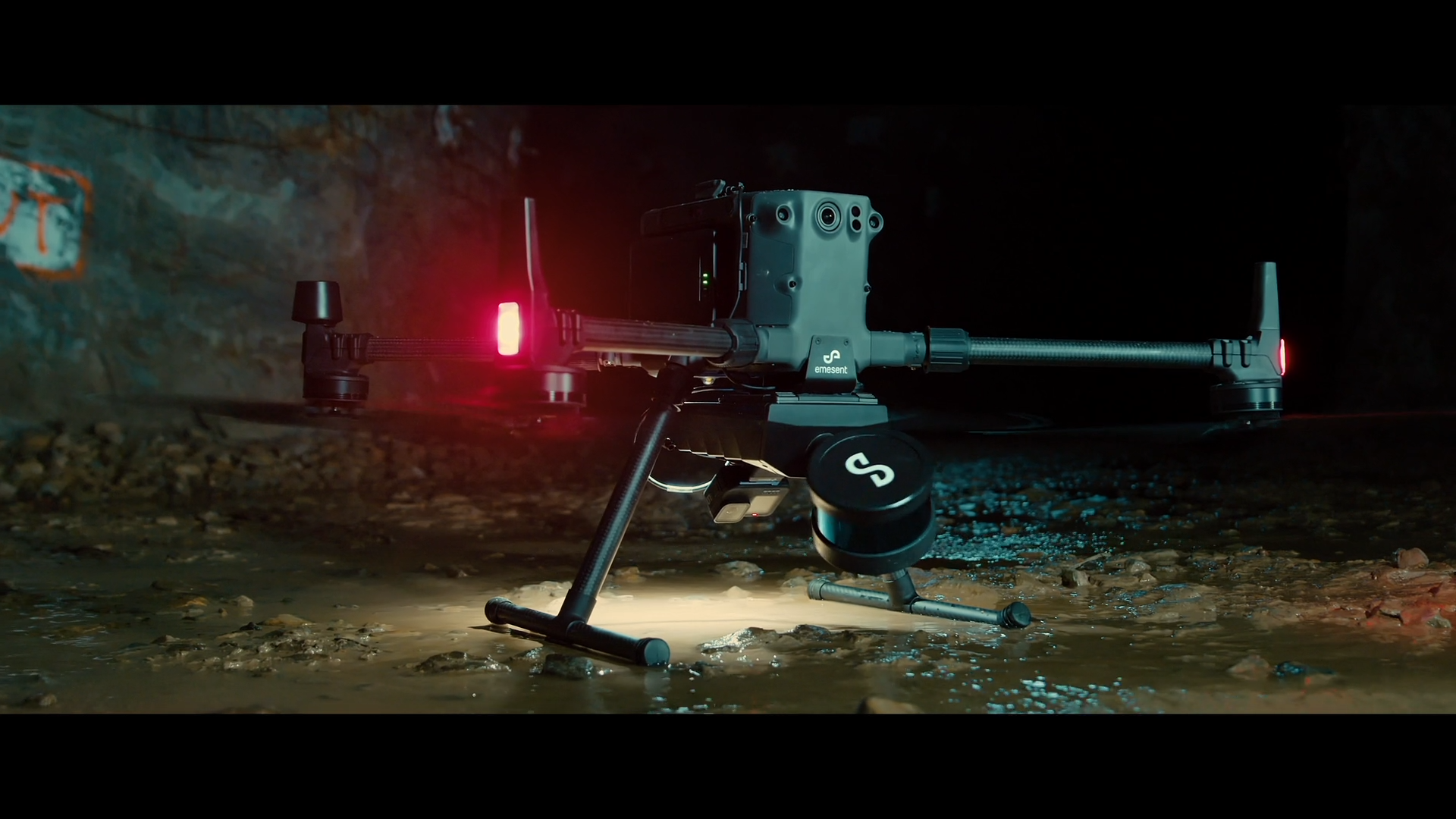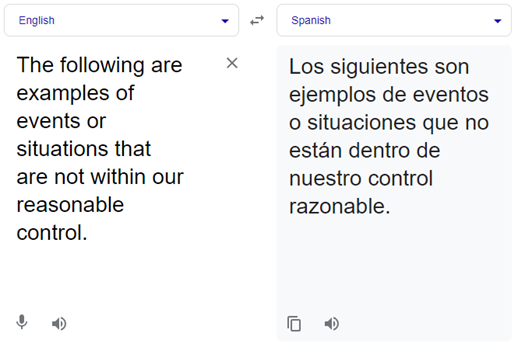As automation and AI translation tools become more sophisticated and refined in the workplace, it’s tempting to use them for your corporate communications. After all, machine translation is fast, accessible, and ready to launch. But what happens when your essential projects, from branding to legal documentation and conferences, require cultural nuance, accuracy, and legal compliance? You still need a skilled, native translator for your professional needs.
When you rely heavily on AI, you expose your business to miscommunication and damage to your reputation. It’s not worth the risk. Instead, you can combine both a human expert and a quality AI translation tool. Learn more about how keeping a human in the loop with your corporate projects is a must-have, even with the best translation tools.
Human Translators Understand Nuance and Context
 It’s not just complex translations that need nuance and context—even basic documents and assets need human translators. AI translation tools like Google Translate or ChatGPT fall short because they only predict language patterns and don’t understand meaning. They can be impressive for basic communication or a quick, informal draft to your internal team, but they lack context, tone and intent. A native translator can interpret more complex meaning, read between the lines, and dig into the cultural implications of the work.
It’s not just complex translations that need nuance and context—even basic documents and assets need human translators. AI translation tools like Google Translate or ChatGPT fall short because they only predict language patterns and don’t understand meaning. They can be impressive for basic communication or a quick, informal draft to your internal team, but they lack context, tone and intent. A native translator can interpret more complex meaning, read between the lines, and dig into the cultural implications of the work.
If you work in a global company and you need to translate your corporate communications, what will happen with the idioms and industry jargon or nuanced phrasing in your communications? AI may do a good job at getting the word-for-word meaning, but it doesn’t take into account idiomatic language and cultural nuances. You could end up with small errors in phrasing that lead to misunderstandings and ultimately reputation damage.
Instead, you need the help of a professional translator using state-of-the-art AI tools. For example, our translators may use tools like Trados Studio or memoQ with an AI machine translation tool integrated to streamline, centralise, and manage their translation work. The results? Our clients get cheap, polished and error-free work.
You Need Human Judgment to Understand Brand Voice and Tone
Think of your corporate translations as more than a way to make sense of your documents, communications and assets, but as a reflection of your brand identity. From marketing campaigns to annual reports and press releases, AI translation tools on their own cannot convey the subtleties of your brand, especially across different languages.
When you work with Absolute Translations, you can request transcreation services that go beyond translating the word-for-word meaning but also the big picture message and context to resonate with an audience—all while keeping the brand voice intact. Our translators help translate a witty tagline that works in English but falls flat in another language or is culturally inappropriate.
Cultural Awareness Is Crucial to Your Corporate Reputation
Culture and language are fused together and what is persuasive or clever in one language can be considered offensive or confusing in others. AI translation tools don’t always catch the context, especially in areas with rapidly changing global markets. Professional translators are trained to work with both the language and cultural norms, values, and expectations of their target markets. They can localise terms, adjust phrasing for formality, and align content to the values of a specific target audience. Without cultural intelligence, your corporation is at risk of compromising its brand and revenue.
However, with the right translation tools and a combination of carefully selected native linguists, you can achieve the best of both worlds.
Our translation tool, memoQ, enables our professional translators to deliver projects efficiently, cost effectively, and with the highest quality. It not only offers AI machine translation options, but also stores the translations, reviewed by our native translators, in a database for future use. This helps our translators to keep up with large projects, whether they come in multiple file formats, with multiple revisions, or across multiple platforms. When our translators work on large projects segments, these stored translations will help them to maintain consistency and speed up the process without compromising the quality.
Accuracy and Precision Are Everything in Legal and Technical Fields
We’ve already discussed the style and context of corporate translation, but you also need to consider accuracy and precision. When it comes to legal contracts, technical training manuals, documentation, or regular filings, a single mistranslated term could put your company at risk of liabilities. You could lose contracts and the trust of your stakeholders.
The team at Absolute Translations works in over 250 languages and dialects and can delve into the intricacies of legal, medical, and financial terms and terminology. We also use a peer-reviewed process to ensure absolute accuracy and integrate changes seamlessly to produce the highest quality work possible.
Accuracy and Precision Are Everything in Legal and Technical Fields
Not all AI tools are created equally. Using a tool like ChatGPT isn’t appropriate for something as sensitive as legal work. It will even warn you at the bottom of the screen, “ChatGPT can make mistakes. Check important info.” After relying on ChatGPT for a personal injury case, New York-based lawyer Steven A. Schwartz, fellow lawyer Peter LoDuca, and law firm Levidow, Levidow & Oberman were fined for submitting fake citations in a court filing.
The legal team even asked ChatGPT if the cases it was citing were real, and the AI tool responded, “Yes,” and they could be verified on various databases. Unfortunately, the lawyers failed to fact-check for themselves and their professional reputations were irreparably damaged. The lesson here is that just because AI sounds impressive and can perform research and translations quickly, not all tools are the same.
Fortunately, the right tools can help with case and practice management, like Clio or Everlaw. These cloud-based systems can assist with document review and case chronology. But when you need a translator for sensitive fields like legal, you need to include a human peer review process to ensure accuracy.
Human translators are trained to double-check, proofread, collaborate with a team, and rely on their own cultural reasoning. The team at Absolute Translations is adept at catching inconsistencies in corporate translations and goes through a rigorous quality control check to deliver a final, verified product that AI simply cannot replicate.
AI Isn’t Confidential or Holds Ethical Responsibilities
 When translating sensitive corporate documents—such as internal memos, M&A reports, or intellectual property—confidentiality is critical. Uploading documents to free AI translation tools introduces serious security risks. Even paid AI platforms may store or analyse the content to train their algorithms, raising ethical concerns.
When translating sensitive corporate documents—such as internal memos, M&A reports, or intellectual property—confidentiality is critical. Uploading documents to free AI translation tools introduces serious security risks. Even paid AI platforms may store or analyse the content to train their algorithms, raising ethical concerns.
Professional translators, especially those working with reputable agencies, follow strict confidentiality agreements and industry standards for data protection. Many are certified, accredited, or members of professional organisations that hold them to high ethical guidelines. You know exactly who has access to your materials—and that they’re bound to protect them.
AI Can’t Replace Real-Time Human Translators in Important Meetings
What happens if you’re at a medical consultation, negotiating a sensitive business deal, or in multilingual meetings with overlapping speech? Aside from the awkwardness of failing to communicate clearly and effectively with each other, regulated industries like medical, finance, pharmaceuticals, or insurance come with high stakes.
Making mistakes with translations around compliance requirements can also cause critical errors and eventually lead to mistakes in official documents and paperwork. Only certified human translators can produce compliant, sworn, or notarised corporate translations.
Ready to Make a Strategic Investment in Human Translators?
AI translation tools have their place in the global market, especially more advanced, state-of-the-art technology. They can save time and prove helpful for standard use and streamlining large-scale translation projects. But relying exclusively on AI in critical industries and use cases falls short and can ultimately damage your corporate brand. Instead, blending both advanced AI and human translators brings deep expertise, accountability, cultural understanding, and emotional intelligence while honoring the importance of your high-stakes business communication.
If you’re ready to make a strategic investment in your brand through clarity, accuracy, brand reputation, and more, we’re here to help. From document translation to transcreation and real-time services, we offer all the translation services you need. Ready to get started? Request a quote today!


